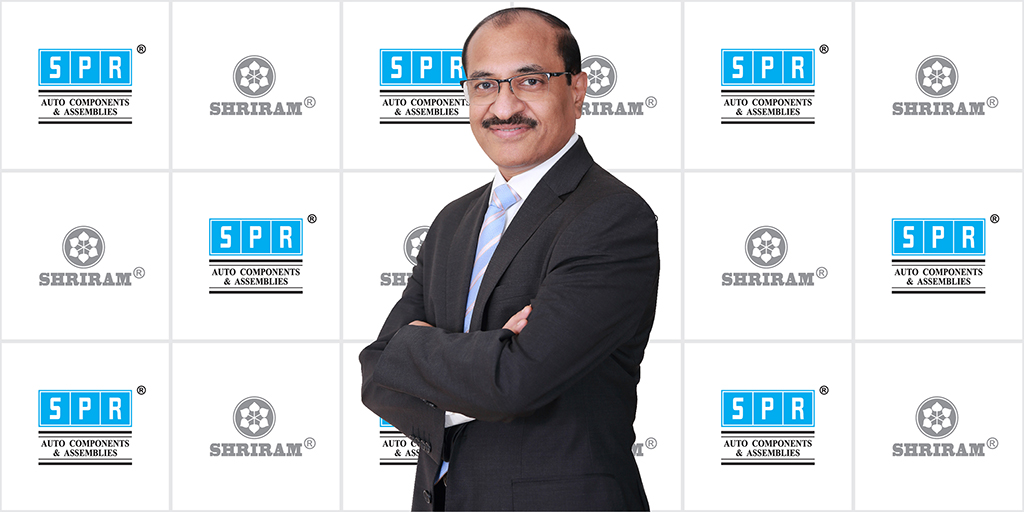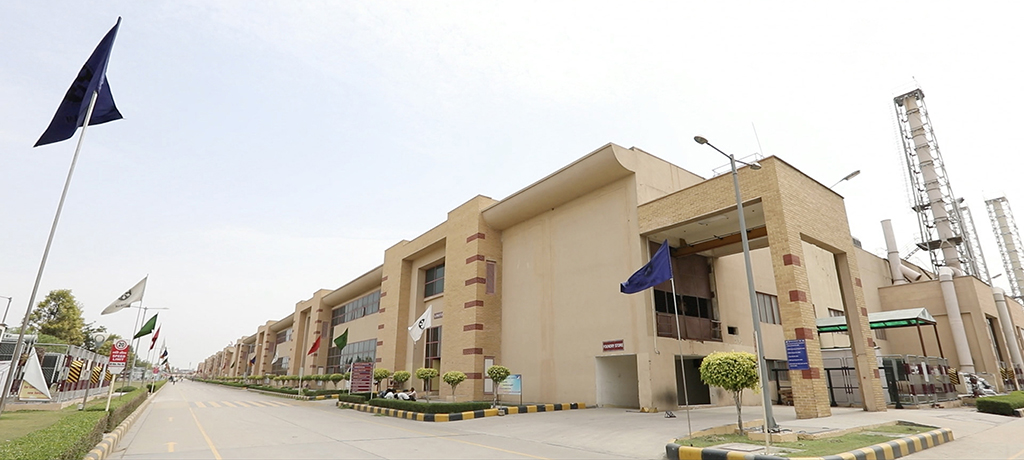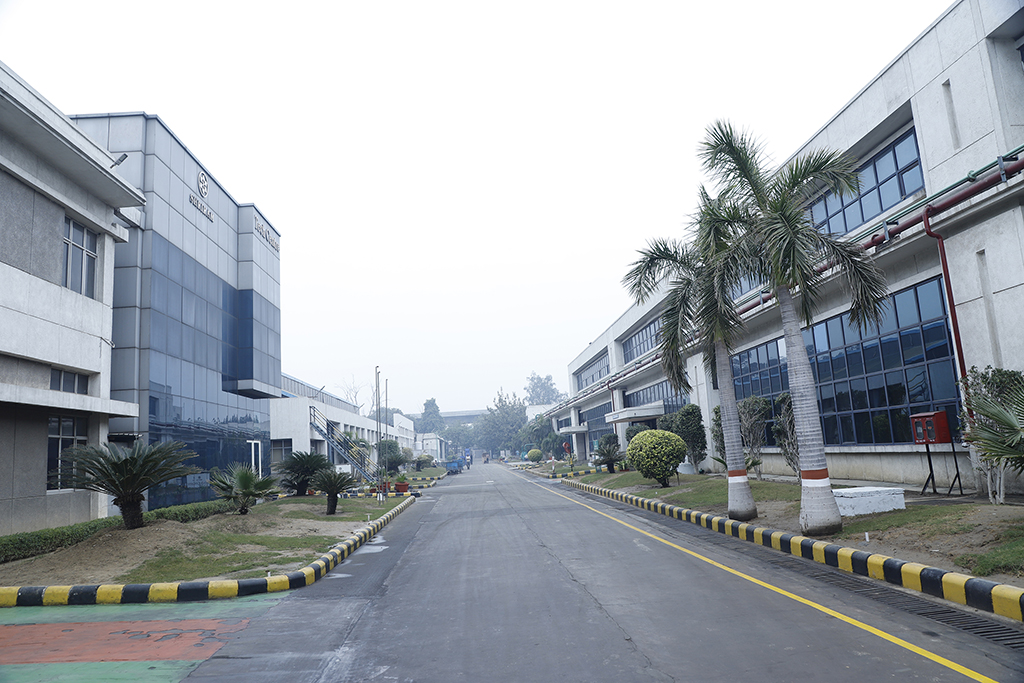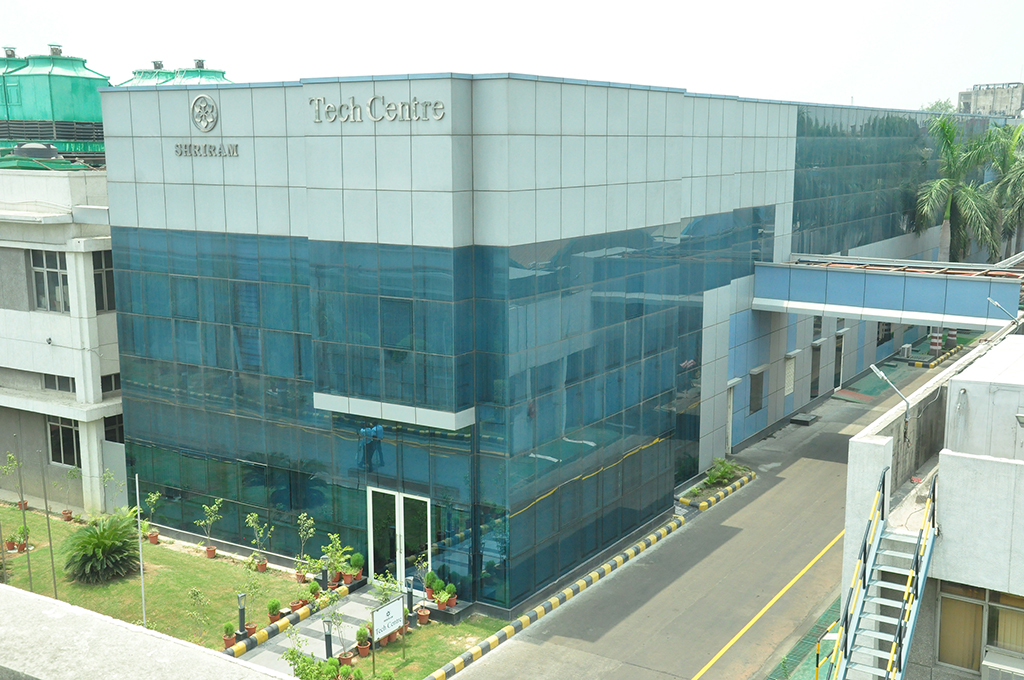Shriram Pistons & Rings Ltd. is a name that needs no introduction. The company has carved a niche for itself as the numero uno manufacturer and exporter of piston and rings from India, catering to a diverse range of applications, markets and customers across the globe. In a freewheeling chat with N. Balasubramanian, Krishnakumar (KK), the company’s Managing Director & CEO, spoke at length about a host of topics including, the company’s recent performance, overcoming the COVID-19 induced challenges, semiconductor chip shortage issue, the company’s aftermarket network, the prospects for the aftermarket segment and future plans of the company, among others.

Here are the edited excerpts:
We began the interaction by asking KK about the performance of Shriram Pistons after three quarters of FY 2021-22, post two waves of the COVID-19 pandemic.
“As far as the business is concerned, contrary to what others may think, we are actually doing very well. Turnover wise on an average we should be around 20% plus better than last year. We are probably coming close to the 2018-19 level. We were around 15% lower than the 2018-19 level last year, now we are 22-23% better than last year, which means we are at a level similar or even better to 2018-19, in terms of our turnover. What is important is that we are focussed heavily on process improvements and synergizing some of our activities that we do on the front end. We are trying to bring in a lot of focus on products we can sell in the aftermarket. We have actually done quite well on all the 3 segments – OE, exports and aftermarket. We did have a drop in the OE segment primarily due to the chip shortage issue, commodity price increases and other supply chain issues like container availability etc. There are some raw materials that we still import. But we have circumvented all that. Our team has done quite well and we are marching towards finishing the year at a very good level,” he states confidently.
Pandemic-induced Challenges
What about the learnings from the COVID experience? Replying to the question he mentions: “Some very important learnings came in the process of which change management was the most important – being ready for a change anytime. We tried to ensure that our team recognises change and is able to look around the way they work, adapting to a new environment. The second learning was that the organization has got to be very agile and focussed on execution. With all the changes that come if you don’t have this basic strain of agility, and the right execution skills, it is difficult to grow. The third most important learning, one very important from the business point of view, is effective management of cash flow. I am sure that every business owner who had to face this challenge, had to do a major reshuffle in the management of cash. Ensuring that he is able to utilise the cash effectively while also helping the society to come out of this pandemic.”
Adding further on the topic, KK says: “Plus don’t forget we were looking at the entire community, not only our 9,000-odd employees. We also have a very large ancillary workforce, so the total responsibility was much bigger. We had to ensure that the extended families were safe for which various measures had to be put into place. The second wave was worse than the first but we have been able to come out of it quite well. I am proud to say that all our people are double vaccinated and are equipped to work seamlessly.”
On The Mend
The semiconductor chip shortage issue has been one of the key challenges confronting the automobile industry. However, KK feels that the situation is on the mend. Elaborating further on the topic he says: “For the industry to come back, one problem is that unfortunately semiconductor chip manufacturing involves a long production cycle. As a result the lead time required for manufacturing chips is extremely high. This is a huge barrier for anybody to start chip manufacturing, because of the huge capital that is required and the scale it needs to be done. For if you don’t get the scale you don’t get the profitability. It’s a very unique industry which has to be managed in a different way. It’s not easy for anyone to say ‘I will set up a semiconductor chip industry from tomorrow’. Now you have seen that the government has actually incentivized this sector with a $10 billion package. That will act as a trigger for many big players to come into chip manufacturing. We had to do with only imports till now. So at this stage focussing on the chip manufacturing is going to give it a very big impetus. I am very confident many big businesses, who can sustain cash flow, will come forward though it will take some time. We expect the semiconductor chip shortage issue not to get over by the second or third quarter of FY 2022. So till such time, we have to brace up to face the situation.”
KK is positive about the EV story. He feels that it has the potential to completely revolutionize the automotive industry in the country.
“EVs are imminent, this is going to happen. The interesting thing will be how fast it is going to change the industry. With all the commitments that the government has made at the Paris agreement and COP 26, it’s quite clear that it will happen. Issue is what needs to be done to make it happen in a very serious way. The government has to focus more on building the requisite infrastructure, such as charging infrastructure and the facilities to manufacture batteries, motors, etc. We are clearly seeing that the government is incentivizing these areas with the PLI schemes. Once the infrastructure is built that’s when they will see a major dent being made on the ICE industry”, he explains.

“We also feel it will be mostly segment-driven. There will be segments of the industry that will get electrified first. Like three wheelers first, then two wheelers, cars and then CVs. There is still the issue of the initial cost being very high. India is a very ‘acquisition’ price conscious market. Unless you bring the initial price down, it’s not going to work favourably for EVs. But I think the industry is working towards that. With the FAME II benefits, and other policies, the different segments will get electrified in a phased manner. Hence we feel that in India the EV change over in all segments of the market will require some time along with the development in the infrastructure. Hence and with our existing penetration in the ICE market being high in all segments, we feel that we still have a good runway for both the OE & the Aftermarket. The Economy is expected to grow at around close to 8 -9% in the next 2 years. So while we are cautious about our future investments but at the same time are bullish about the markets, in the coming years” he reveals, before adding: “There is going to be a good amount of demand generated in the exports aftermarket segment. Some of the global players are shutting shop and as a result the demand is getting channelized to us. We are flooded with enquiries and are looking at it very positively, while being cautious on capacity.”
When asked to throw some light on the split of the company’s business coming from OEs, domestic aftermarket and exports, KK answers: “We have a fairly good mix. Our penetration into various industries is very good. Even within the OEs our mix is quite good. For example, the CV segment was going through a bad cycle recently. But we still had a good upswing on the passenger cars and tractor’s segments and were able to utilize our capacities. We have to ensure that our lines are flexible enough to manufacture any kind of product and that’s precisely what we have focused on in the last 2 years. We have focused on agility and adapting to change. Flexible manufacturing is not easy, but at the same time doable. We have done it in small steps in certain lines and are progressing quite well and also improving productivity. Capacity utilization is key.”
Good Mix
“We have got a good mix. Our focus is not to get our numbers up or down on different segments. We have a healthy mix of OEM, aftermarket and exports. When I say exports, it is exports to direct OEs as well as aftermarket,” he adds.

According to KK, the company is exporting to almost all regions around the world. Going into further details he observes: “I would call Shriram Pistons & Rings more of a global company with technology know how from world leaders like Honda foundry, Riken corporation Japan, FUJI OOZX and Kolbenschmidt Germany. These partnerships have withstood the test of time in the sense that they have been there for the last 4-5 decades. A good amount of technology transfer has happened over the years and we have built our own excellent technology centre. This is a testimony to the way the technology has been adapted by our people and has been used. Our technology centre is doing massive amount of work in forward-looking technologies. For instance, we have tested products for ethanol blending and can do it right from 25 to 85%. We were the first to bring out products for BS-VI requirements for all the vehicle segments be it two wheelers, CVs or tractors in the country. Similarly, we have solutions for many other applications and also supply to non-ICE segments.”
KK points out that the company has tried to de-risk its business model and keep it fairly well spread so that business cyclicity is easy to manage. “With all the technology help that we get from our collaborators, it has been a very good story. We keep coming out with innovative solutions and have filed our own patents for the same,” he adds.
Widespread Network
Speaking about the initiatives from the company on the aftermarket side and its spread in the segment, he quotes: “Our aftermarket network is akin to a neural network. It’s a fantastic network created over years of servicing this market. We have multiple distributors and are covered right up to the smallest village; even in the remotest place in India you will find that we have a coverage. Plus, we have a really good team which services this market.”
During the ongoing pandemic the company has embraced digitization in a big way to keep this vast network connected. Throwing light on the digitization process, KK mentions: “We have been able to do it quite well. Almost everything happens through mobile apps these days. We have been able to connect with the last workshop on the road, thanks to our team’s efforts on this front.”
He also added that expansion of this already widespread network is an everyday affair. Highlighting the point, he remarks: “With India being a large country, it is not easy to cover every nook and corner. We are putting a lot of focus on expanding our aftermarket services. Finding the right distributors, ensuring that we connect with them and give them the right product and training. A huge amount of training is involved. We have a good network of people on the field doing this job and also use the digital media to support us.”

“One interesting evolution in the aftermarket over the last 2-3 years is that the market does not accept shoddy products. The era of ‘I am going to bring a second-hand product to the market and still make hay’ is gone. In fact, we treat the aftermarket as good as OE. We have the same quality standards, delivery standards, same requirements. Our team has to fulfil the demands in the aftermarket as they do for OEs. We have made zero compromises as far as the aftermarket is concerned and that has helped us improve our reach and distribution network.”
Positive Outlook
KK has an optimistic outlook for the company for the future. Going into details about the future plans of the company and what lies ahead in 2023, he shares: “Let me start with the immediate growth plan. I expect it to be good, with the kind of demand pull that is existing in the market. The demand for passenger cars is fantastic, so too it is for commercial vehicles and tractors. The demand is going to increase with the infrastructure push. What’s important to realize is that the industry is looking at a growth of 10 -15% CAGR but the same may be muted in the current year due to semiconductor chip shortage. That said, I still expect the market to be better next year than this year, with around 10-12% growth. It could even reach 15% if chip shortages and logistics challenges are sorted out. I feel that the economy will grow quite well in the next couple of years and we will have an exciting time. Coming to the medium- to long-term, we are working on a number of strategies to overcome these challenges and are trying to look at other segments of the market and possibilities. We are also talking to our collaborators on the same,” he says on a parting note.